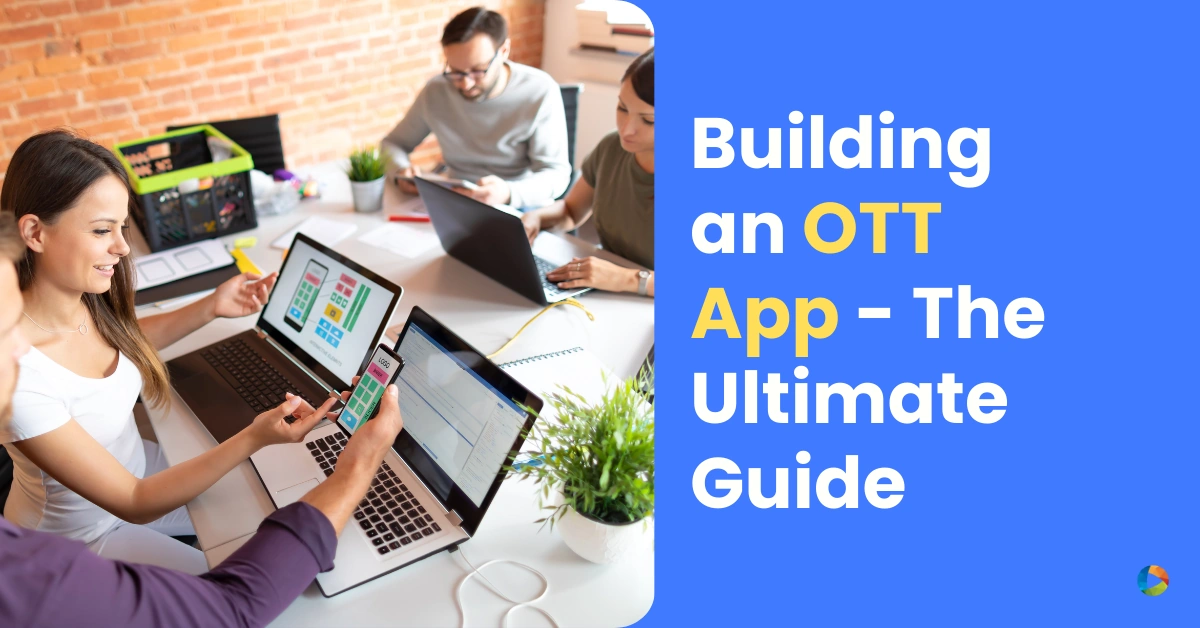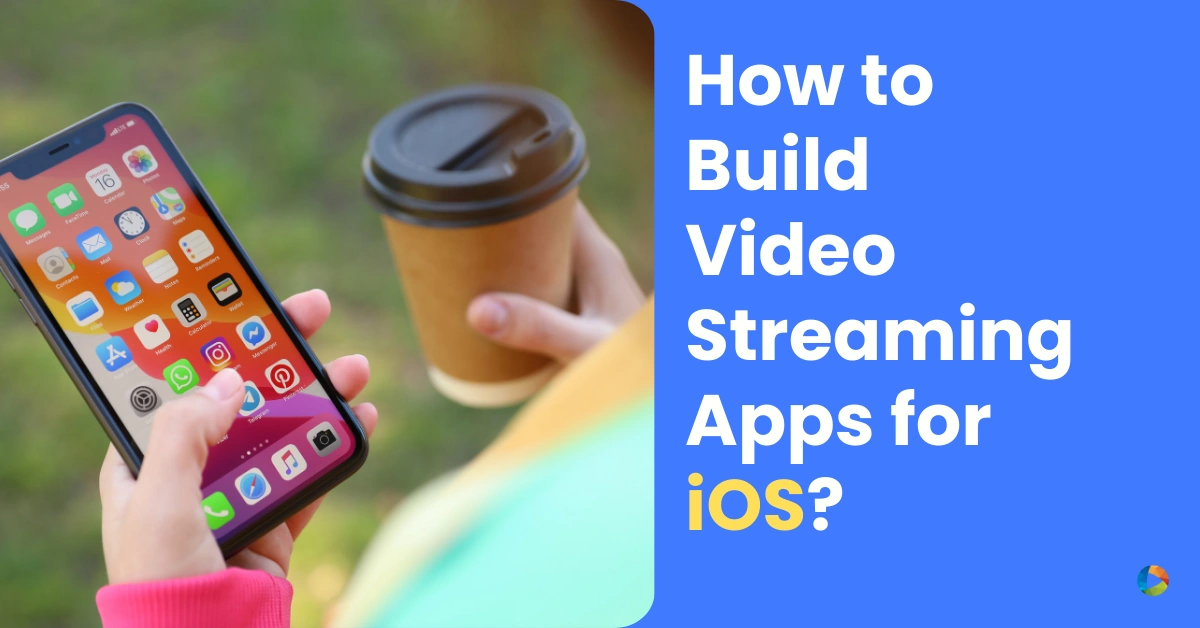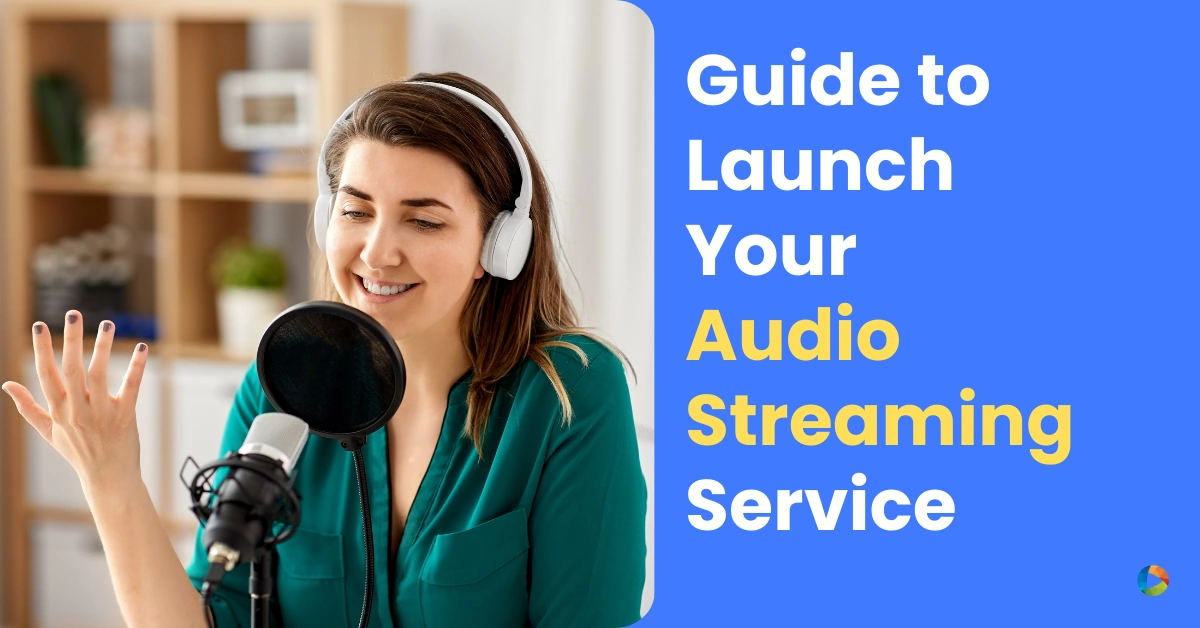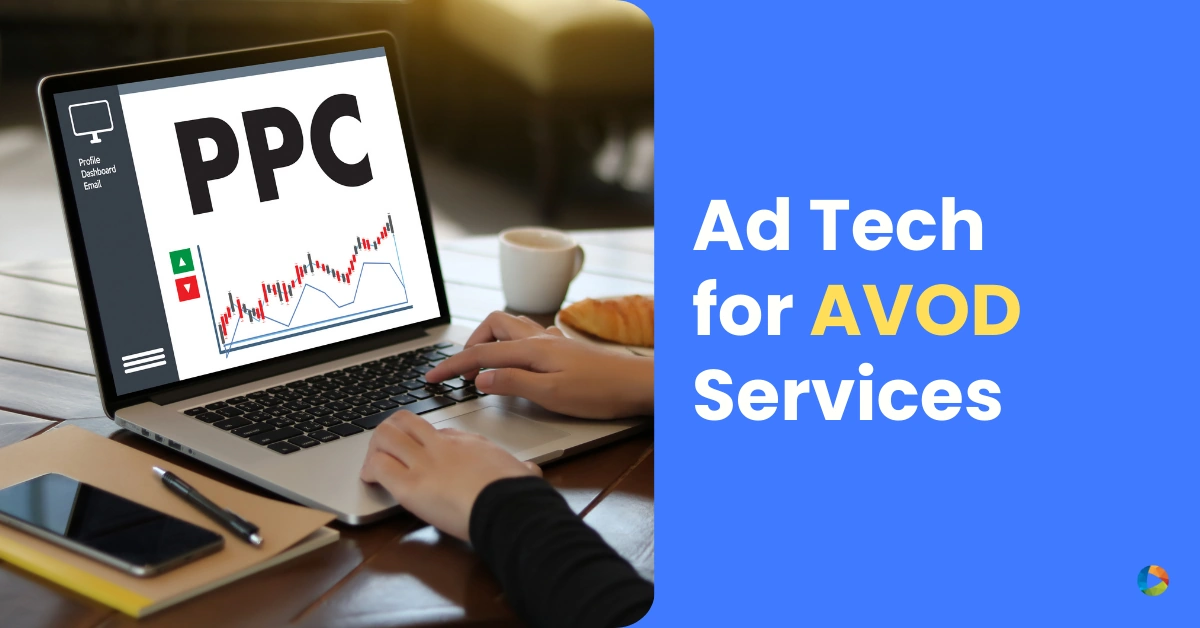How to Start an Online School in 2021?
Last Updated on April 1, 2023 by Anjana Devi
Do you have a knack for teaching? Do you love sharing insights and knowledge about a particular subject with people?
Then, starting an online school might be the right thing for you!
The online education industry is experiencing a significant growth spurt in recent years. By 2022, the global e-learning market is expected to grow and surpass $243 billion. And that too, at over 5 percent CAGR from 2017 to 2022.
These numbers are huge!
No doubt, online education has become a crucial part of people worldwide. The e-learning industry has exploded in popularity as online courses, workshops, and other remote learning resources have become more accessible and rewarding than ever before.
So, if you’re thinking of starting your online education business, there’s no better time than NOW.
Wondering how to start an online school that people will rush to sign up for?
This blog post is all about that.
In this post, we’ll look into seven simple steps that you can follow to mark the beginning of an exciting journey of launching your online school.
Let’s dive right into it!
Why should you start an online education business?
Still, mulling over starting an online school in 2021? Below are three reasons you must consider:
Covid-19 has Changed the Education Sector
Covid-19 has changed the education landscape all across the world. Research shows that over 1.2 billion students in 186 countries are currently out of school due to Covid-19 lockdowns.
With students spending more time at home, online learning has emerged as a necessary resource for education. The number of students enrolling in online classes is more than ever before, and the trend is likely to stay.
Since the worldwide pandemic has disrupted the way we perceive learning, educators need to find an idea to latch on to.
This is where starting an online school can be your best bet.
You can build your online school on any topic you can imagine, such as cooking, dance, yoga, nutrition, language learning, painting, and many more.
So, if you have the skills to teach and want to take your teaching global, then there’s no better time to start an online education business than right now.
Rising Cost of Higher Education
The price of higher education is rising exponentially, and there are no signs of slowing down.
A study shows that the cost of higher education is rising more quickly than financial aid.
Another research indicates that the average cost of college tuition fees has increased by more than 25% over the last ten years.
That’s a lot of money. And it’s difficult for young adults, straight out of high school, to keep up with continuing education.
Thankfully, there’s an inexpensive and more convenient solution that lets you learn anytime, anywhere – Online School.
The worldwide e-learning market has witnessed a rapid surge due to increased accessibility and cost-effective remote learning resources.
This is why educators are shifting away from classrooms to online learning techniques to educate the massive number of students and thereby gain revenue and attention.
Start your Online School at Lower Costs
There’s no denying that launching a traditional school requires a considerable investment.
From purchasing the land and maintaining the school building to paying for the license and arranging for numerous equipment – you can easily expect to spend a minimum of hundreds and thousands of dollars each month.
Enter online school.
Compared to a traditional school, starting and scaling an online school is much more affordable.
Especially with SaaS platforms like Ventuno, the charges mentioned above are next to none. You only need to pay a fixed monthly fee for the platform, plus a variable fee depending on your usage.
How to start an online school – Step-by-step guide
So, you’ve finally decided to start your online education business.
Congratulations!
Now the hard part begins!
From researching your audience to creating a course outline and selecting the price model, the whole process might seem a little complicated to you.
Well, fret not!
Here are seven steps you need to get started with an online school.
Pick the Perfect Niche
You love the idea of starting an online school. But, you’re not sure about what to teach about. Or maybe you have tons of ideas, and you might be struggling to come up with just one.
If it sounds familiar, then you’re not alone!
Niching down is the first step of starting an online education business. It means creating content for specific types of learners.
For instance, if you’re a yoga instructor, then instead of targeting people of all age groups and genders, you can start an online school specifically for women in the age group of 20-35 years. You can further narrow down your niche by building an online school that caters only to pregnant women in the same age group.
But why should you pick a niche for your online school, anyway?
You may feel that going niche can prevent you from selling more online courses. But that’s definitely not the case.
Here’s why:
- You can concentrate your efforts around one topic instead of scratching your head on multiple subjects.
- You’ll have fewer competitors in the market.
- You can connect better with a focused and interested audience.
- You can simplify your marketing by giving a clear message to one audience at a time, leading to better returns.
- You can increase your subscription rates and build a solid personal brand in the market.
For example, CuriosityStream is a platform where adults and students from both K-12 and higher secondary can access documentaries related to science, technology, arts, nature, history, and much more for a small monthly fee. It is exclusively for people who love watching documentaries on various topics.
Before you consider picking a niche, ask yourself questions like:
- Do you know the topic inside out?
- How much experience do you have with the subject?
- Are there people who want to learn about this topic?
You can conduct market research using Google Trends to know whether people are actually searching for your niche.
Remember: The key here is to find something that is an intersection of your interest and expertise – because this gives you the drive to keep going on.
Research your Competitors
With your niche in place, it’s time for a little spying on your competitors.
Imagine being able to model someone else’s success, identify their strategies and weaknesses so you can adopt them, improve them, and win bigger.
That’s what competitor research is all about.
Every business, existing or new, has direct or indirect competitors. And knowing who they are and what’s working for them is essential to making strides as an online business.
The best way to research your competitors is to sign up for their free trials or subscriptions and see what their top-performing content is.
Visit their social media pages and see how often users engage with their content. Assess their online reputation by checking what people are saying about them.
Once you consider all these factors, you can piece together a clearer picture of your competitors and how you can strive against them.
It requires a bit of time, practice, and commitment to find and analyze your competitors. But it’s definitely worth the effort.
Plan and Create your Course Content
Now comes the most exciting part – planning and creating your course content. Before launching your online school, it is advisable to prepare at least one complete lesson for your students.
Most people spend several weeks, even months, creating their course outline. Other, more experienced educators can create an entire course in a week.
No matter how long it takes to create a course, the process that you go through will most likely include the following steps:
- Get crystal clear on your learning goals and objectives: What does your online course aim to solve? What outcome will it provide to your learners?
- Go for online research and study your topic as much as possible: You may be an expert in your subject, but there is always something new out there. Look into what people are asking, talking, or teaching about your subject. Plus, find out what your audience is interested in.
- Think about the type and format of content you want to provide to your students: Do you want it to be long-form or short-form? Will the content be free, paid, or a mix of both? Conduct surveys and run advertisements to get a better idea of the types of content you should create.
- Next, decide the structure of your online course: You don’t want to be giving out unorganized information to your students that they can find anywhere else for free. Create modules that will function as main topics.
- Based on your research, brainstorm all the topics you would like to include in the course: Break them down into smaller modules and milestones, which will serve as your lessons.
Once you have the modules and lessons, you can either prepare your course from scratch or repurpose your old content.
You can also include additional coursework in the form of PDFs, assignments, downloadable presentations, printable worksheets, and audio tracks.
Choose a Platform for Content Delivery
After your course material is set, the next step is to look at where you’re going to build your online school.
Building an education video platform from the ground up can be a daunting and expensive task.
Besides, there are hundreds of platforms like Udemy, Skillshare, or Khan Academy you can choose from to host your courses and find lots of students. But, you have no control over your brand, design, pricing, marketing, and the student’s data.
Thus, you need a platform that allows you to:
- Build a customizable website or mobile Apps with your own branding.
- Offer different monetization options for your videos, such as subscriptions, advertisements, or transactions.
- Upload your videos, and modify, add, or delete meta tags for them.
- Organize your video content and playlists based on different categories.Add live classrooms and events to your online school.
- Manage ad campaigns and related metrics from the platform.
- View in-depth analytics about the performance of your content.
- Manage and view details about your subscribers and viewers.
In short, manage everything under one roof with minimum possible maintenance.
You can do all this – and much more – by using Ventuno.
Ventuno is a robust SaaS OTT platform that helps you launch and manage your online school from a single space. This way, you can focus on more crucial tasks, such as creating quality content, marketing your channel, nurturing your customers, etc.
With Ventuno’s platform, you can quickly upload your content and make it available for consumption.
Not only can you create a website, but you can even build apps – both mobile and OTT apps, giving students easy and instant access to the course material on different devices. Plus, you have complete control over your content – price, branding, design, marketing, students, and revenue.
Using this platform, you can also conduct live streaming sessions to boost student engagement.
In a nutshell, it’s essential to choose a platform that aligns with your business goals and needs. And, Ventuno does just that.
Select the Right Price Model
So you’re done uploading your content on your OTT platform. And it is available for your students for streaming.
But, how do you want to monetize your online school?
No doubt, the success of any OTT business depends on the kind of monetization model you choose.
So, if you want to make some major bank from your online school, monetize it using one or all of the following three ways. You can choose any of these models based on your course material and mode of delivery.
- Subscription Video On Demand (SVOD) – Here, your students can subscribe to a monthly plan and watch all the content you have in your library. Netflix, Disney+, and Amazon Prime Video would be perfect examples of this.
- Advert-Supported Video On Demand (AVOD) – Here, your students can enjoy your content for free. But, in return, they have to watch ads that show up at different moments in the video content. You can set up ads in formats like video, banner, native, overlay, etc., for both your live and VOD content. Example – YouTube ad monetization.
- Transactional Video On Demand (TVOD) – Also known as Pay Per View (PPV), this model allows you to sell or rent content to your audience. In other words, your students have to pay for every video content that they want to access. YouTube Movies and Google Play Movies are popular TVOD platforms.
With Ventuno, you can monetize your online school in all possible ways – ads, subscriptions, transactions, coupons, rentals, free trials, or a combination of these. Plus, you can connect Ventuno with your preferred payment gateway and get paid directly from your students.
Launch your School
Once you’ve pulled together your course, website, and pricing model, it’s time to launch your online school.
Many students prefer to access the course content on their mobile and Smart TV devices. Further, they’re willing to pay more for on-demand video content that is easy to access.
Hence, in addition to the website, you can also launch your mobile apps (Android and iOS) and streaming devices, such as Roku, Amazon Fire TV, Android TV, Apple TV, Samsung TV, and LG webOS TV.
With Ventuno’s education video platform, you can get this done in a breeze.
The best part? No coding required. No infrastructure required. No long-term commitment. If you don’t like the platform, cancel the subscription anytime.
Market your Online School
Now that you’ve finally launched your online school, you shouldn’t stop here.
You’ve got to market it to get people enrolling like crazy. After all, the more people know about your business, the more revenue you can generate.
Here’s how you can do it:
Plan your marketing strategy across platforms where your target audience is more likely to hang out – such as social media, emails, etc.
Start by identifying your existing channels, like your social media feeds, newsletter, YouTube channel, etc. Through this, you can target your existing customers as they are more likely to convert.
Grow your email list as much as possible and send out emails to interested individuals to spread the word.
Start announcing some teaser information about your online school on your social media channels. You can even send drip teaser emails a week prior to the launch.
Offer discounts for your first batch of students or for those who sign up in the pre-launch phase. And as soon as they start enrolling, ask them for feedback and testimonials.
Thus, if your prospective customers see that other users are loving your course content, it will help them decide to sign up too.
Over To You
This brings us to the end of this post.
We hope that now you have a clear picture of how to start your online education business.
Once you run through the seven steps outlined above, it will be incredibly easier for you to create course content, launch your school, and start monetizing it from day one.
So, what are you waiting for? Get out there and start building your online school NOW!
What are your thoughts on this article? reach out to us at info@ventunotech.com if you would like to discuss!





